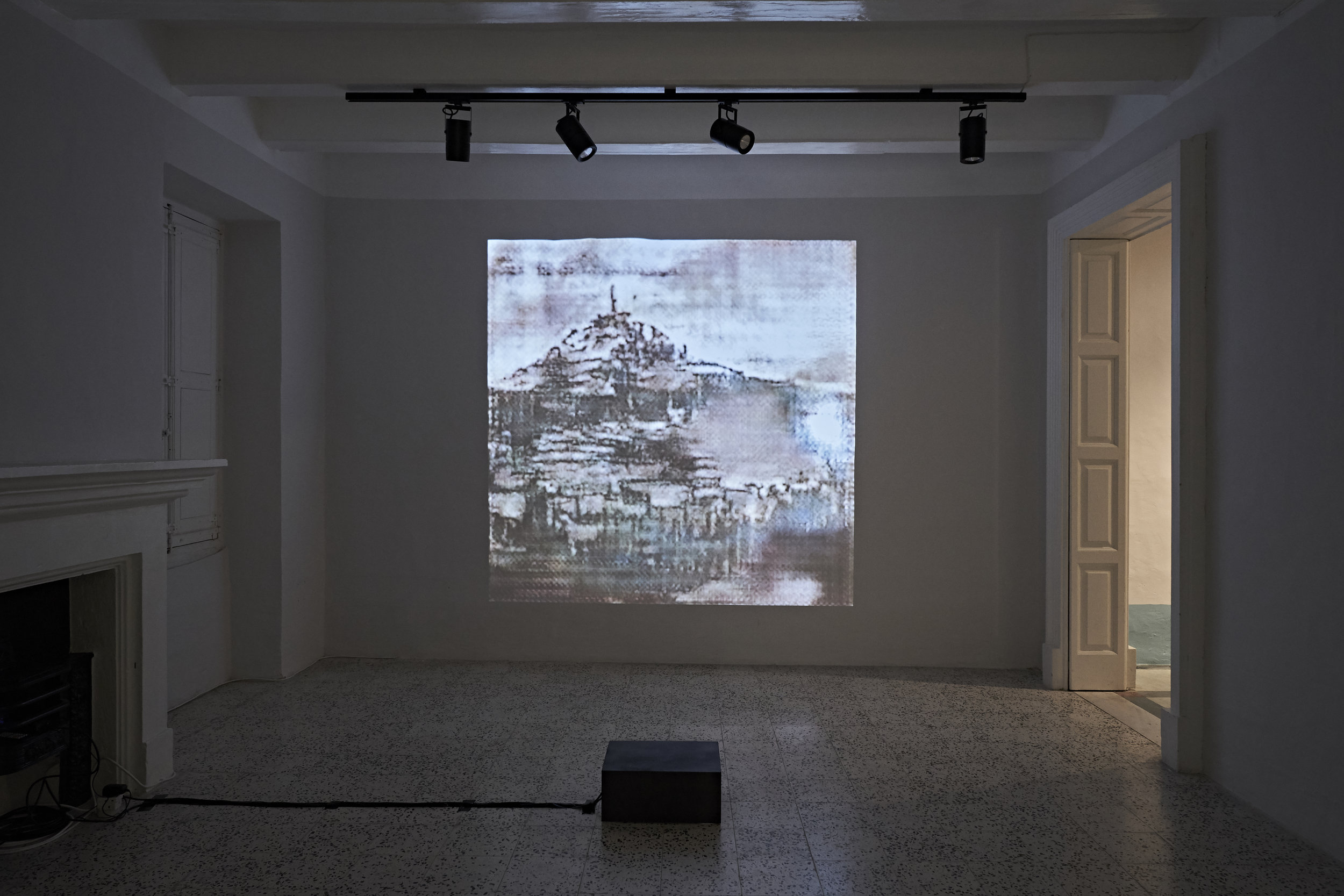The mind is not, as John Locke once thought it was, a tabula rasa that would then be recorded with aspects of consciousness, memories that can be read over again in introspection, storing up perfect experience to be looked upon at a future time. Neuroscientists discovered years ago that the process of recalling a memory activates the same processes as the act of creating a memory. Every time we remember something we are also actively recreating it. Traces of Things, a video installation and a series of thirty digital prints, explores this loop - remembering and revision - by passing through moments of history through an artificial intelligence model trained on material from a variety of public and private Maltese archives. At what point do the images change from one thing to another? At what point do they break down into nothingness?
It is impossible to remember everything, all of the time. Instead, memories can be encoded into physical objects, or placed into collections such as archives, but these again will never be complete. I took photographs that showed historic Malta from a variety of sources, some primary, some second hand, some public, some private, to create my own dataset of what the island has looked like. There are similar issues with using archives to the issues that exist with datasets: what we have deemed important enough to count and quantify means that what is recorded is never simply “what happened” and can only show sometimes a very narrow or very incomplete view. In the National Archives of Malta there are acknowledged gaps. In historic “Plans and Maps” of Gozo we are told “it is a very small collection as the majority was not traceable”; in the photographs section we are told “there are also a number of miscellaneous albums” but not what their content is; in the registers there are gaps due to “incomplete collection of census”. There are similar gaps in the public and private collections that I looked at. Traces of Things shows how quickly meaning can break down if only a narrow dataset exists. Human memory works by filling in the blanks, creating essentially confabulations, a type of memory error where a person creates fabricated, misinterpreted, or distorted information, often found with dementia patients. In this piece memories are mixed with inventions; inventions are modelled on memories. There is a term used often in computer science and machine learning called “overfitting” which is used when a model cannot create new imagery but constantly remembers just one thing, the link to dementia again coming through.
Repetition is an important part of the process of using machine learning. GANs only learn by iterating through the training set, each time changing and building on what has gone before. The original GAN paper states that this will happen until ““the counterfeits are indistinguishable from the genuine articles”; if the accompanying code is run, the images that are produced are automatically labelled as “fake” in whichever folder they are saved to. This suggests that there is an inherent perfection of the original, and that a process that changes it or transforms it somehow creates something lesser. This links into the history of digital reproduction where although there are issues with creating copies (compression, loss), there is a constant movement towards finding a solution which will have none of these flaws. But current technology still has the elements of transformation each time something is recalled, or played, or copied, that become encoded into it. These moments are compelling: the creation of a copy where things start to slowly transform. In Traces of Things, boats turn into houses, houses into mountains, mountains into harbours. This power to metamorphose without real control is something that within an art context is more closely associated with work that deals with biology or nature, than the digital, which tends to be all smooth and clean. The style that comes out is ruined, decaying and decomposed - something antithetical to a certain digital art. But at the same time, to my mind, beautiful. The link, then, to the biological processes - the neuroscience - that have inspired much of the research into artificial intelligence as memories and matter are constantly recalled and revised.
Funded and made as part of the Blitz Residency, supported by the Valletta 2018 Foundation.



